Related Tags
How to buy a vintage Gretsch guitar
Buying vintage Gretsch guitars is not without risks. There’s non-originality and outright forgery to consider, as well as structural issues that can compromise looks and playability. After reading this guide, you’ll know a good one when you see it.
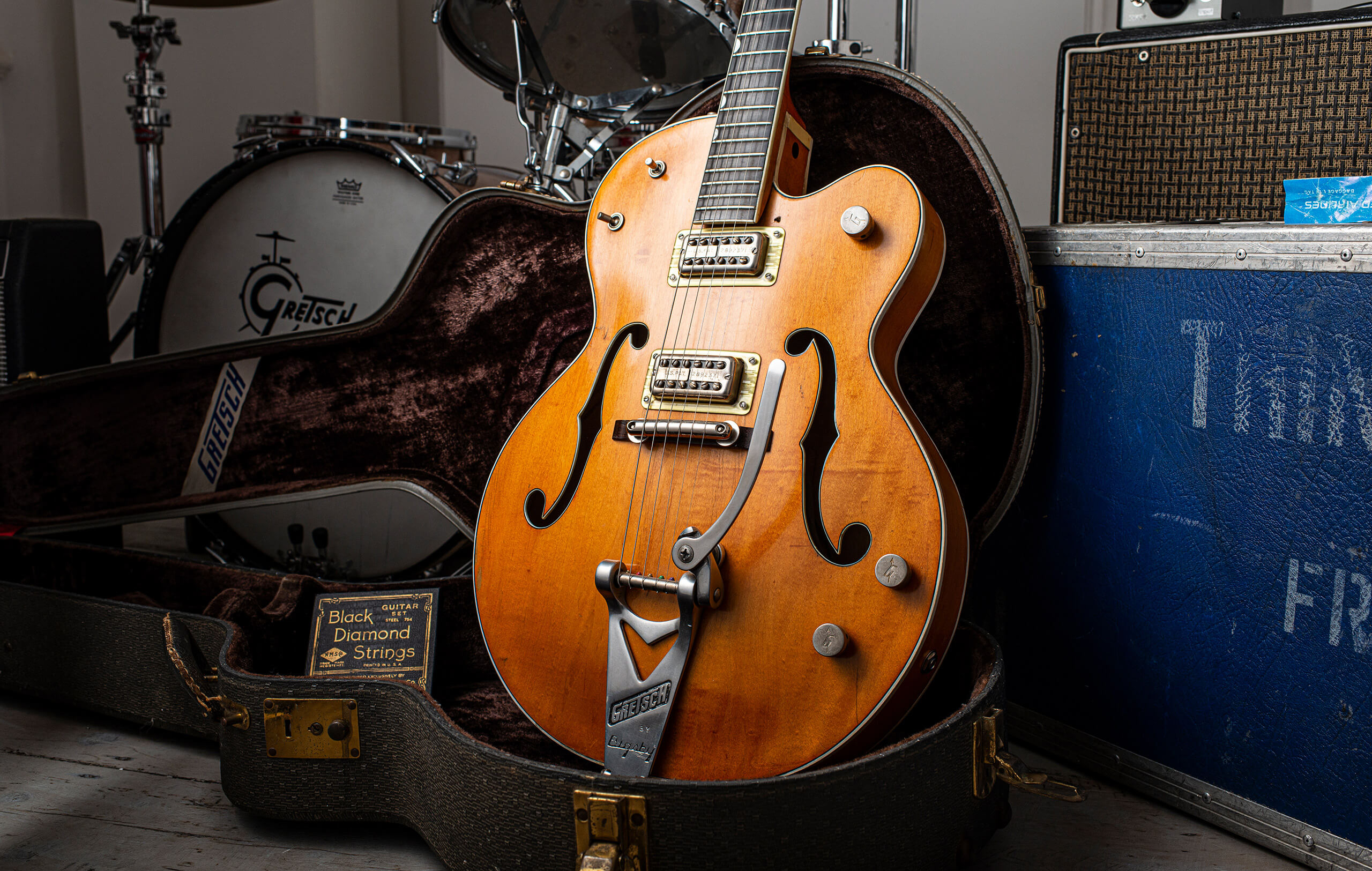
All images: Eleanor Jane
Although vintage Gretsch guitars can be quite valuable, very few models command the stratospheric prices of iconic Gibsons and Fenders. As a consequence, Gretsch fakes are rarer beasts because the reward to risk ratio is somewhat less attractive to the crooks and swindlers. Nevertheless, there are forgeries out there, but far more common are Gretsch instruments that have had parts swapped for upgrades or running repairs.
- READ MORE: How to buy a vintage Strat
Serial numbers can be used to date Gretsch guitars, but some printed sources have been shown to be inaccurate and when internal labels go missing, the numbers are often lost too. The best approach is to obtain a really good reference book and cross reference serial numbers with model features that pertain to specific years. Sometimes, with Gretsch, ‘approximately’ is as close as you’ll get.
In this guide we’ll be discussing some of the key features, as well as the common problems that afflict vintage Gretsch guitars.
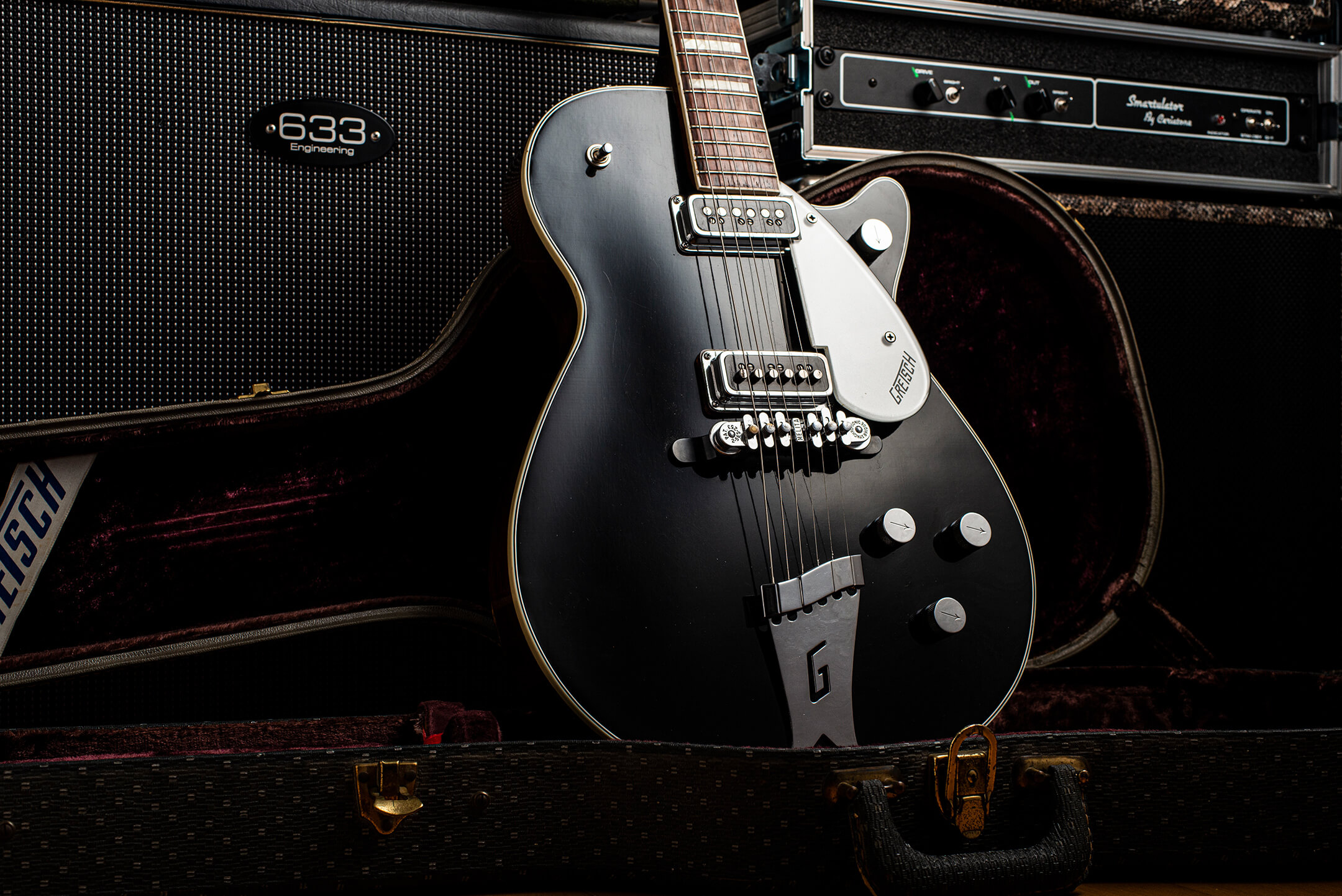
The neck joint
This is the most common issue with vintage Gretsch instruments – so much so that if you’re in the market for one, you should factor in the cost of a neck reset. You may get lucky, but play it safe rather than blow your budget on an expensive guitar that is barely playable.
Why is this the case? The constant string pull and gradual deterioration of the glue bond over the years can result in the neck moving in its pocket. Always look out for a gap between the body and heel because even a paper width can compromise playability. Also examine the bridge because if it’s set as low as it can go on the base, you can be sure there’s a problem.
With the exception of Gibsons, set neck joints working loose is far from unusual. Martin has been aware of the problem for so long that their necks and bodies have always been finished separately to make the inevitable neck reset a smooth process. The key difference between Martin and the Gretsch company in the 1950s and 60s is that Martin took great care to do the job properly in the first place.
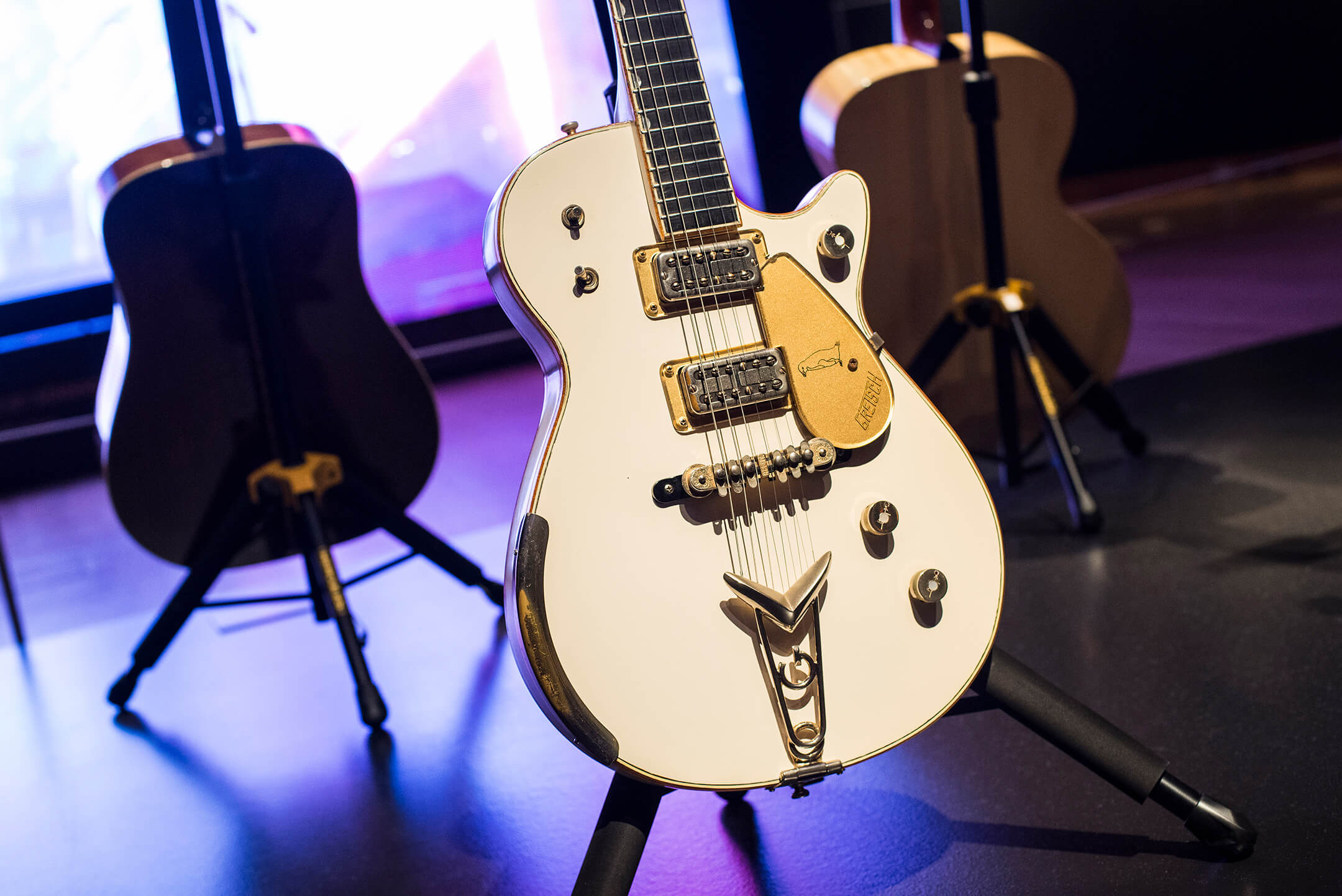
Like Martin, Gretsch used a dovetail joint up to about 1961. Martin, however, cut the dovetail and neck block with a high degree of accuracy, so that tiny amounts of wood could be shaved from the sides of the dovetail until the neck could be pressed tightly into the block.
When we removed the neck of our 1960 Gretsch Anniversary model, we discovered a 5mm thick mahogany shim that was used to fill the gap and centre the neck. And if you think that’s bad, another Gretsch-owning friend discovered cardboard shims in his neck pocket.
Things improved somewhat when Gretsch transitioned to a mortise and tenon neck joint around 1961. This increased the surface area for the glue, and the securing screw that had hitherto passed through the heel was moved to the side of the cutaway.
Gretsch neck resets can be tricky and expensive, but if you’re considering buying a Gretsch that has already had a neck reset and the job has been professionally done, you can consider that a plus point.
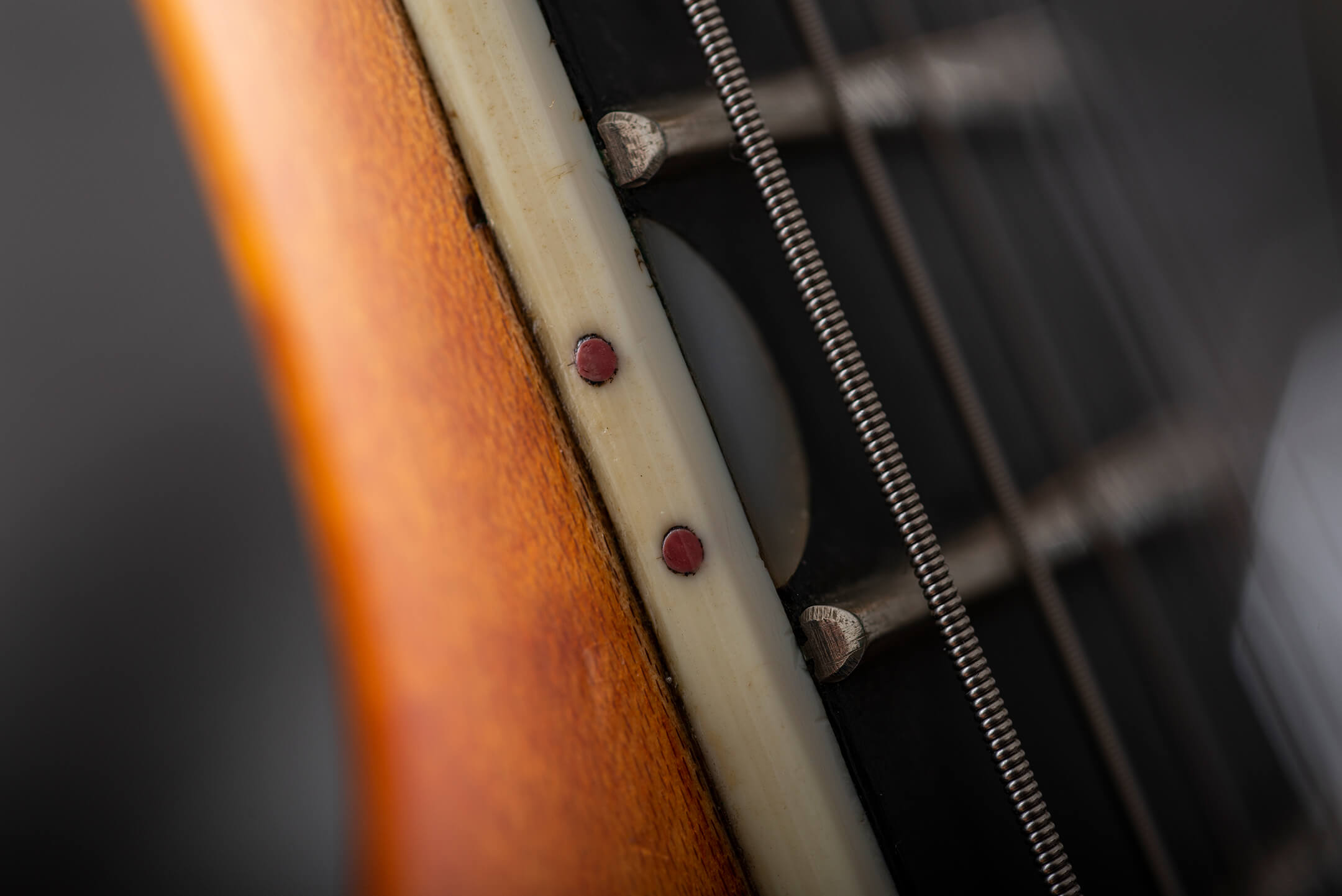
Binding rot
Look closely at photographs of vintage Gretsch instruments and you will often see binding that has cracked, turned brown or even crumbled away completely. Theories about why this happens include the use of unsuitable plastics and incompatible glues, but nobody knows for sure. The commonly used term for the phenomenon is ‘binding rot’.
It’s ironic that vintage Gretsch models in otherwise excellent condition often have the most severe cases of binding rot. When a guitar is cosseted and kept in a case, the off-gassing of the binding material is contained within the case and causes the binding to deteriorate. It also attacks pickguards, plastic peghead overlays and metal parts.
This phenomenon is not confined to Gretsch instruments. Old Gibson and Epiphone pickguards – the celluloid faux-tortoiseshell types – sometimes suffer the same fate. Replacing a pickguard, however, is relatively cheap. Replacing Gretsch binding while preserving the original finish is a highly specialised procedure, though it has been suggested that binding rot can be stopped and stabilised using Super Glue.
Many vintage Gretsch guitars will be completely free of binding rot and if you want to keep them that way, you should hang them on the wall or keep them on stands rather than lock them away in cases. It’s no bad thing because they’ll be more likely to get played and they don’t exactly make bad-looking wall ornaments.

Doubling up
Some players find the central placement of single pickups on Gibson’s ‘budget’ thinline cutaways annoying and, unless you are prepared to live with an ugly hole in the top of your guitar, converting an ES-225 or ES-330 into a twin-pickup guitar isn’t an option. Fortunately, on Gretsch’s more affordable single-pickup models, the Brooklyn company was never that cruel… or maybe canny.
The Gretsch Anniversary model was produced in huge numbers during the vintage era in one and two-pickup configurations known as the Single and Double Anniversary respectively. The Single Anniversary always had a neck pickup, so it’s very easy to add a bridge unit. The Double Anniversary had two switches – one for pickup selection and the other for tone control – but more on that later. They also had individual volume controls adjacent to the treble side f-hole to augment the master volume on the cutaway horn.
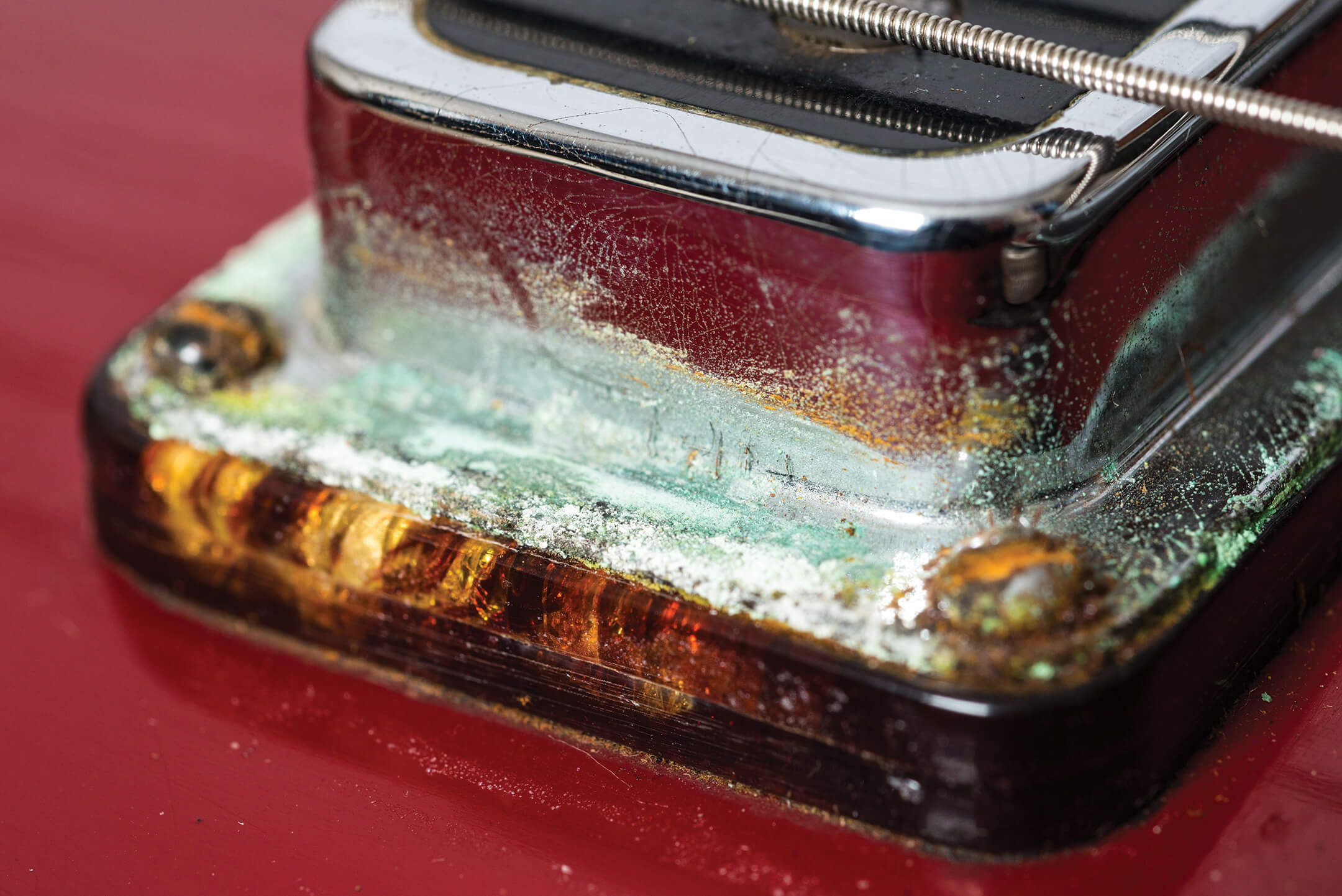
Experts can sometimes spot a full-on Single to Double Anniversary conversion by the switch placement. They may appear a bit too close together, but then again Gretsch could be inconsistent with these things. Model numbers are the best signifier, with the sunburst and green Single Anniversaries being the 6124 and 6125 respectively, and the Double Anniversaries designated as 6117 and 6118. Always check the label.
For the first three years, the 6119 Tennessean also had a single pickup – a Filter’Tron in the bridge position. With its translucent red finish, black pickguard, stripped down aesthetic and factory Bigsby, some regard it as the coolest of all the Gretsch single cutaways. Many of these guitars have also been converted, with a pickup added in the neck position.
This type of conversion impacts the value of the Tennessean more than the Anniversary. So long as you understand that you’re buying a modified guitar, and that’s reflected in the price, these can be good value for money. Most players would argue that both models are actually improved by the additional versatility of a second pickup.
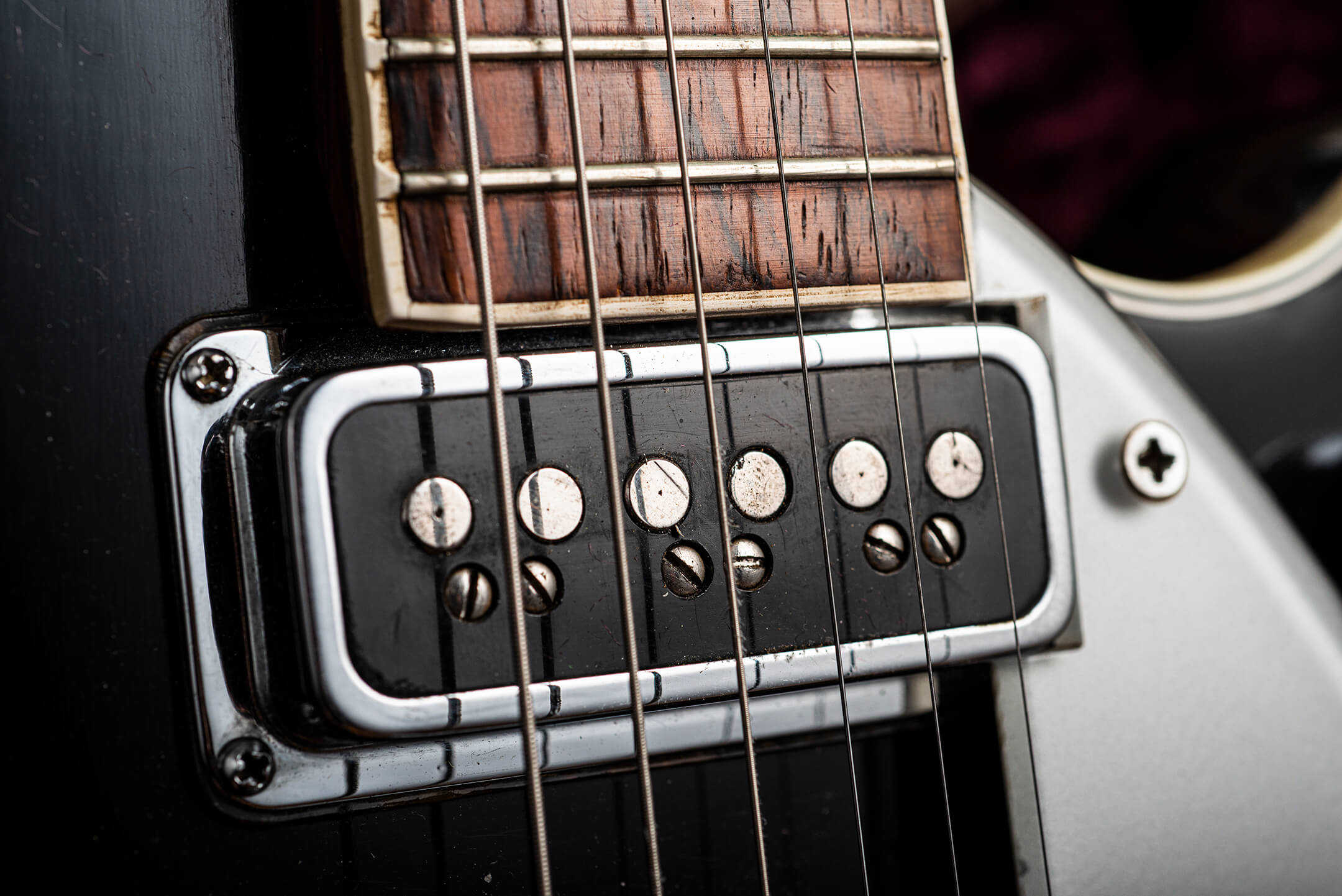
Conversions and fakes
Filter’Tron equipped Tennesseans and Anniversaries made between 1958 and 1960 have a hidden feature that makes them particularly desirable; their trestle bracing makes them structurally identical to the revered 6120 model of that period.
As a consequence, some Tennesseans and Anniversaries have been stripped and converted into 6120s. It’s the Gretsch equivalent of turning pre-57 Goldtop Les Pauls into faux Bursts. If you see a 6120 for sale with a rosewood fingerboard and no zero fret, assume it’s an Anniversary conversion. And if there are Filter’Tron pickups but no trestle bracing it’s definitely a conversion.
Also look out for oddly placed switches and fretboards that stop short of the neck pickup. A properly done Anniversary or Tennessean conversion will also require a new peghead overlay with binding, fretboard binding and re-shaped and bound f-holes.
The single-pickup Streamliner, especially 1957 and 1958 models, is also a strong candidate for a 6120 conversion. In 1957 both guitars shared the same hump-block markers, bound fretboard and DeArmond Dynasonic pickups. In 1958, the Streamliner acquired trestle bracing and a single Filter’Tron, which makes them very easy to convert.
The real danger lies in big-budget Gretsches. It’s not unheard of for Country Clubs and Electromatics to be converted into White Falcons and for White Penguins to be created from donor Duo Jets. Duo Jets have also been converted to Round Ups.
So long as everything is above board, you can score a fantasy Gretsch that’s made from vintage wood, and comes with vintage hardware and electronics. Unfortunately, some of these guitars have been converted or sold with the intention to deceive, so be careful out there.
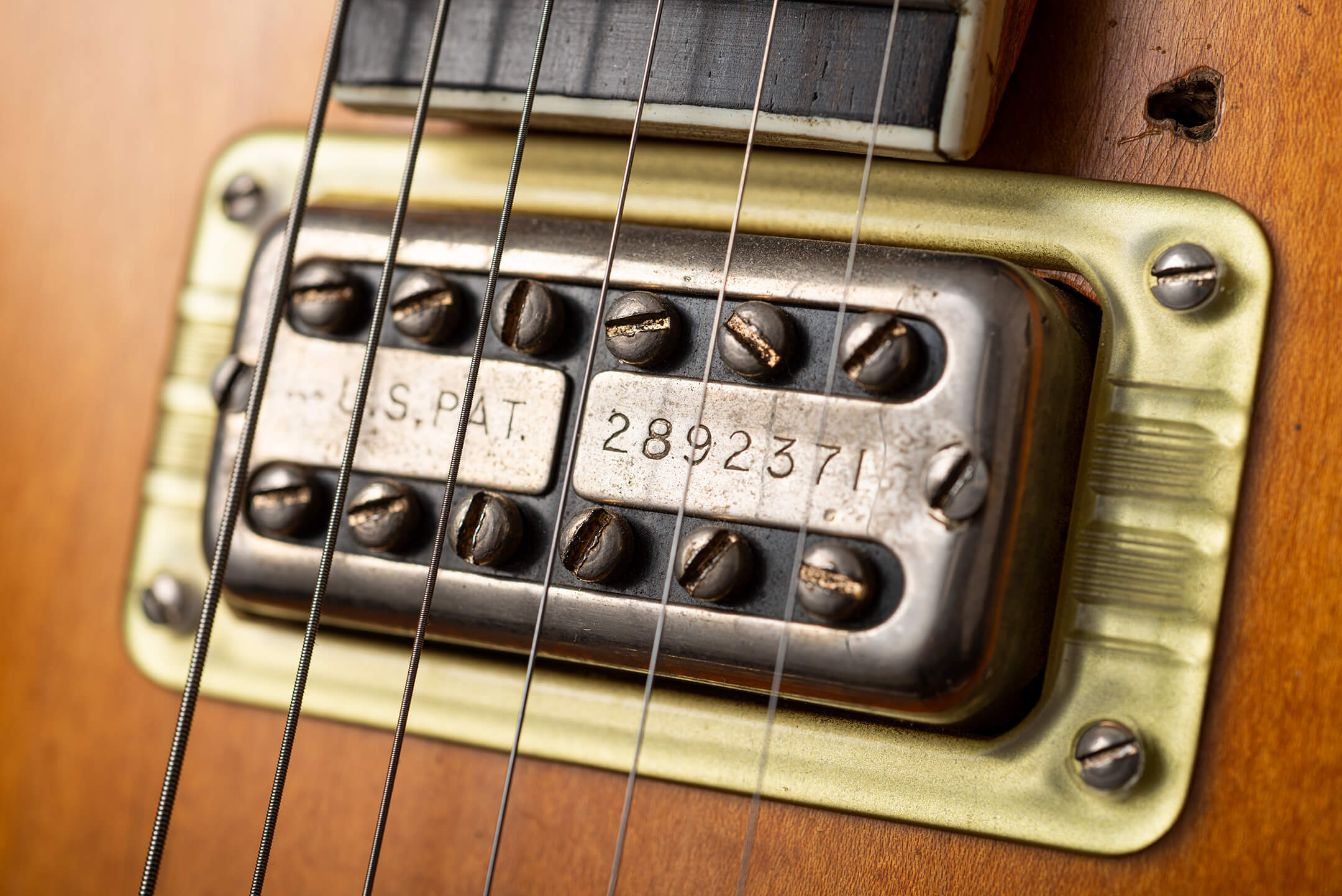
Factory neck swaps
At the time when vintage guitars were merely secondhand, some manufacturers exercised a ‘replace rather than repair’ policy. Guitars with failing neck joints or snapped headstocks that were sent back to the Gretsch factory for repair often ended up with a new neck straight off the production line.
Gretsch features were continually updated, so this can cause a lot of confusion. Early 1950s DeArmond-loaded Duo Jets show up with later 1950s necks – complete with hump-block or thumbnail markers rather than blocks and block logos rather than the coveted script logo.
This adversely affects a guitar’s value, but it can make an otherwise expensive vintage guitar a little more affordable. Again, so long as you’re aware of the history and it’s reflected in the price, a vintage-era factory neck replacement doesn’t have to be a deal breaker.
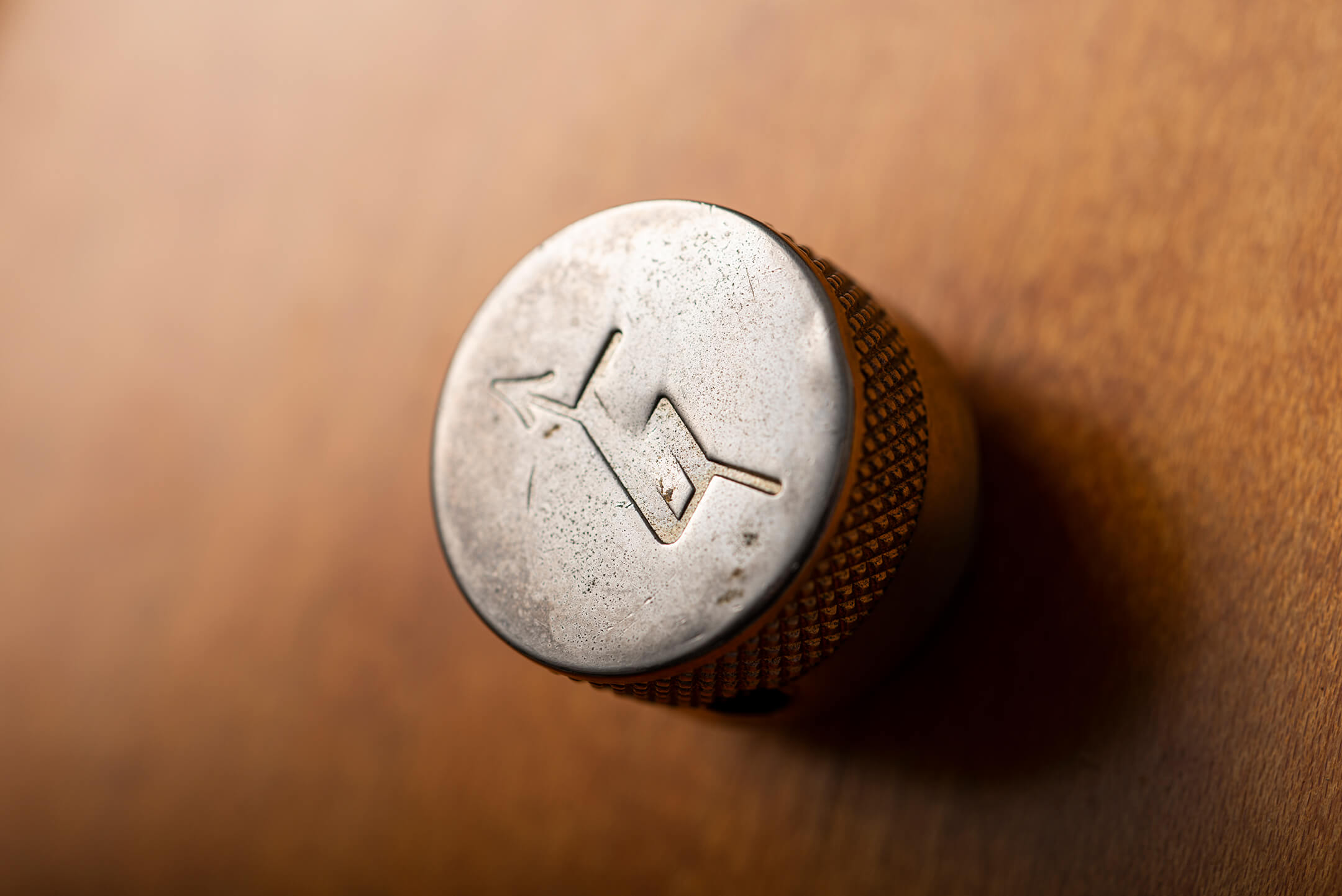
Hardware
Gretsch fitted the Melita bridge to guitars in the first half of the 1950s – sometimes fixed but usually floating – complete with saddles that were individually adjustable for intonation. From 1955, factory fitted Bigsbys were combined with Bigsby’s own compensated aluminium bridge.
In 1958, Gretsch’s Space Control bridge replaced the Melita, while Bigsby-equipped models got a compensated bar bridge with square ends. This was changed to a non-compensated bar bridge with rounded ends in 1959. However, Gretsch bridges often turn up on the wrong model, and guitars such as the Rambler, Clipper and Convertible had a rosewood bridge.
Although Bigsby tailpieces became almost synonymous with Gretsch guitars, they were only fitted by special request in the early 1950s, or retrofitted by owners such as Cliff Gallup. Then, in 1955, Chet Atkins persuaded Gretsch to fit a B6 Bigsby with a fixed arm to the 6120.
A ‘breakaway’ hinge was tried briefly before the swivel arm arrived in 1956. The slotted arm-stud changed to a crosshead stud in 1958, to accompany a slimmer stainless-steel arm. Gretsch introduced the V-cut Gretsch-branded Bigsby in 1959.
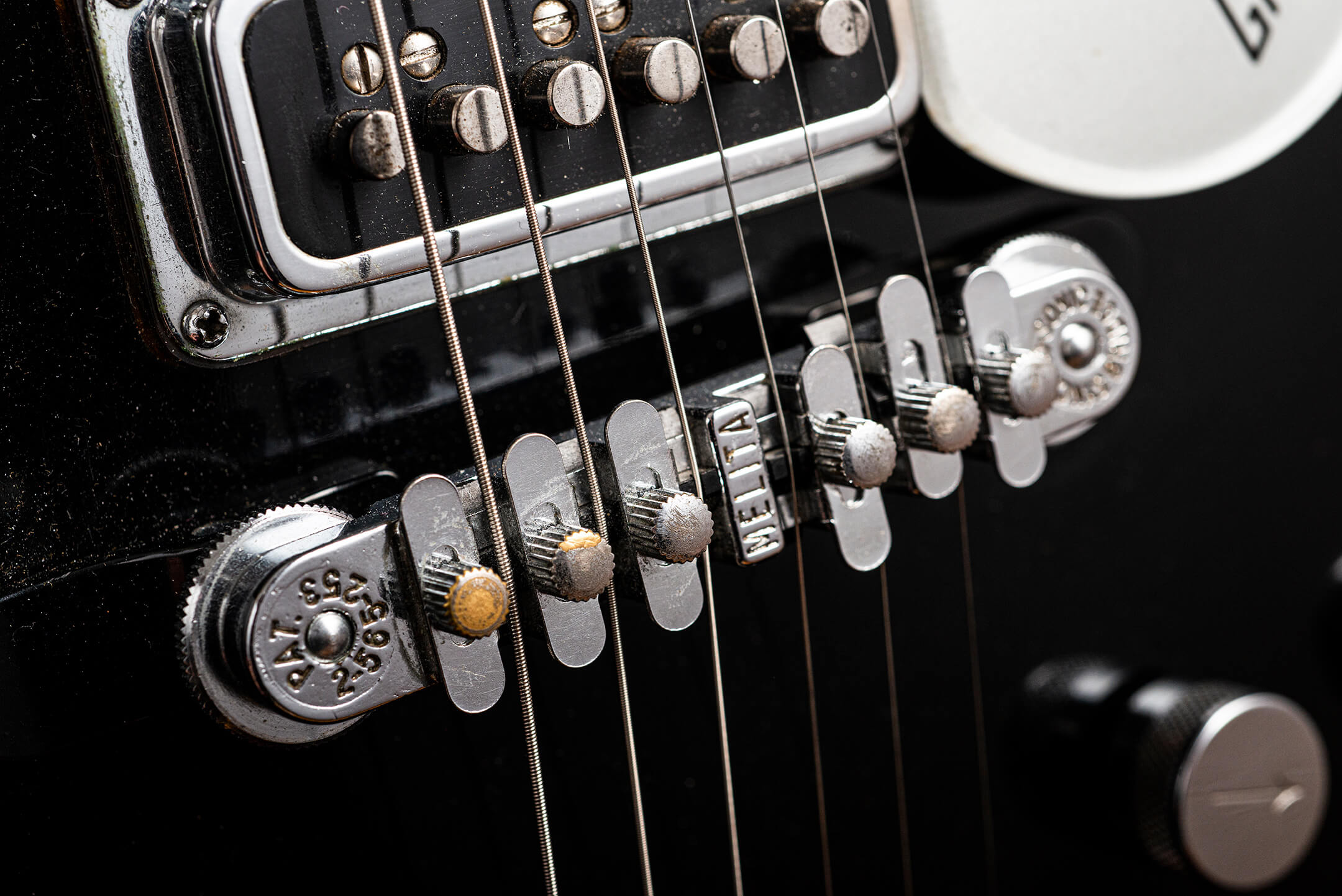
Most non-vibrato guitars had the G-cutout tailpiece, which was five inches long for small-bodied models and 6.25 inches for the big hollowbodies. Exceptions include the Round Up’s belt buckle tailpiece and the Cadillac G tailpiece of the White Falcon and White Penguin.
Smooth-topped knurled metal knobs arrived in 1953, with a pointer arrow added in 1955. In 1957, this changed to an arrow piercing a letter G, and this design continued until the late 1960s.
Most vintage Gretsch parts are fairly easy to find and relatively affordable, but open-gear Waverly tuners with rounded buttons can be a problem. Many were swapped because they weren’t particularly good, and they have never been reissued. At present no modern equivalents have screw holes that line up perfectly.
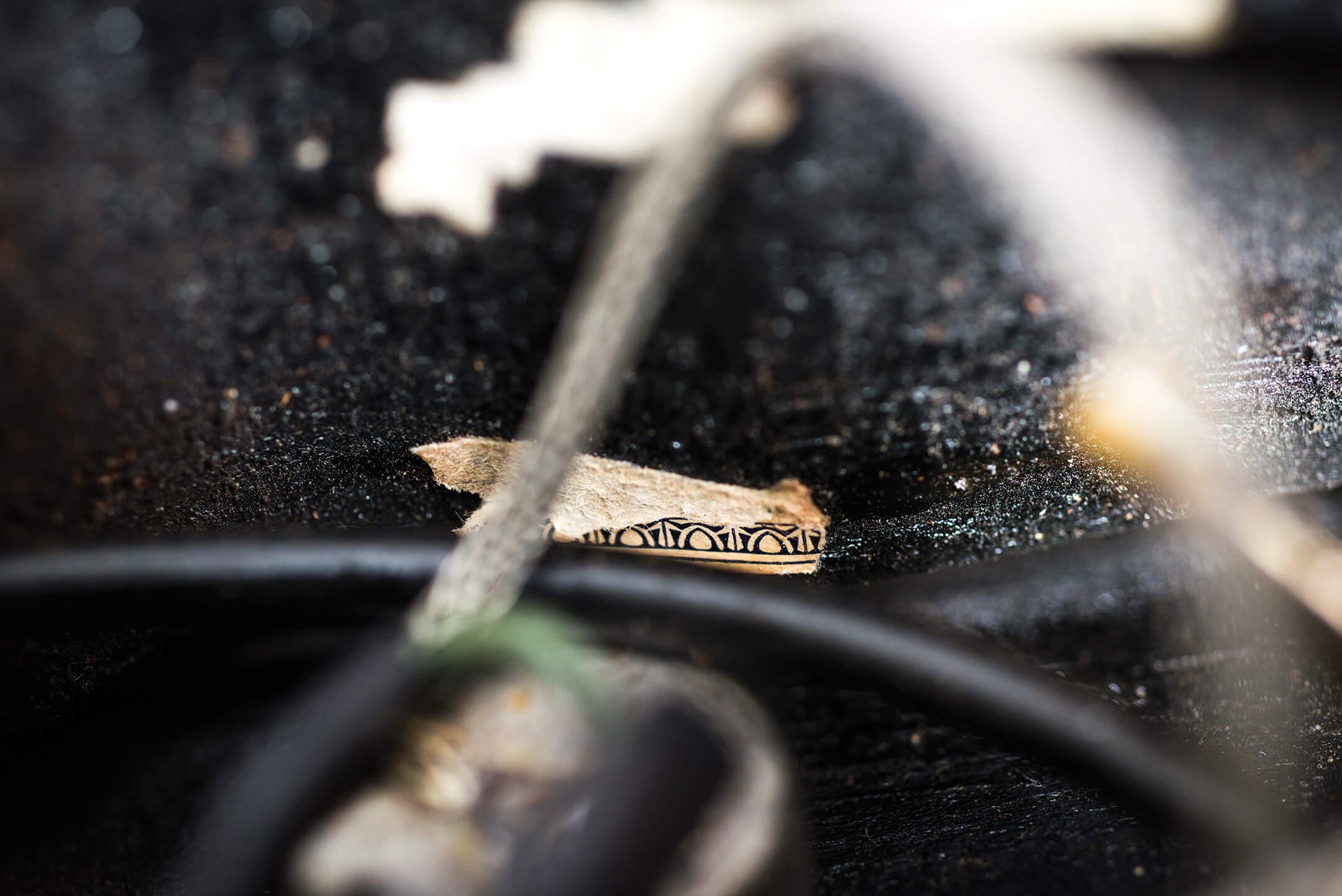
Electronics
Three types of pickups were mostly used in the 1950s and 1960s: DeArmond Dynasonics, Filter’Trons and HiLo’Trons. Others included the Super’Tron, Filter’Trons adapted for stereo and the shortlived Clipper Transitional. Unlike Gibson and Fender, Gretsch refrained from messing with winning pickup formulas – until new owners Baldwin introduced cheaper ceramic magnets in 1970.
There is a way to tell if a dark and rough looking magnet is alnico or ceramic. Take a file and make a couple of passes. If you can expose shiny metal, it’s alnico. Apparently ceramic magnets don’t conduct electricity, so a multimeter could be used to test them too.
There is no great mystique among vintage Gretsch fans about 50s Filter’Trons or early 60s HiLo’Trons because there’s very little to distinguish them, either visually or sonically. That said, the earliest Filter’Trons had plain covers, with ‘Pat. Applied For’ appearing in 1959. By the end of 1960 the covers were stamped had patent number stamps. Some earlier bridge-pickup covers were taller than the neck-pickup covers, with wood shims between the baseplate and the magnet.
Vintage buyers without much Gretsch experience should also be aware of the ‘mud switch’. Gretsch intended it as a three-way tone control offering a straight-through option in the middle and two degrees of preset treble roll-off. In practice it was a great idea poorly executed. Both roll-off settings eliminated way too much treble and it is now regarded as acceptable to replace the original capacitors with more useable values.
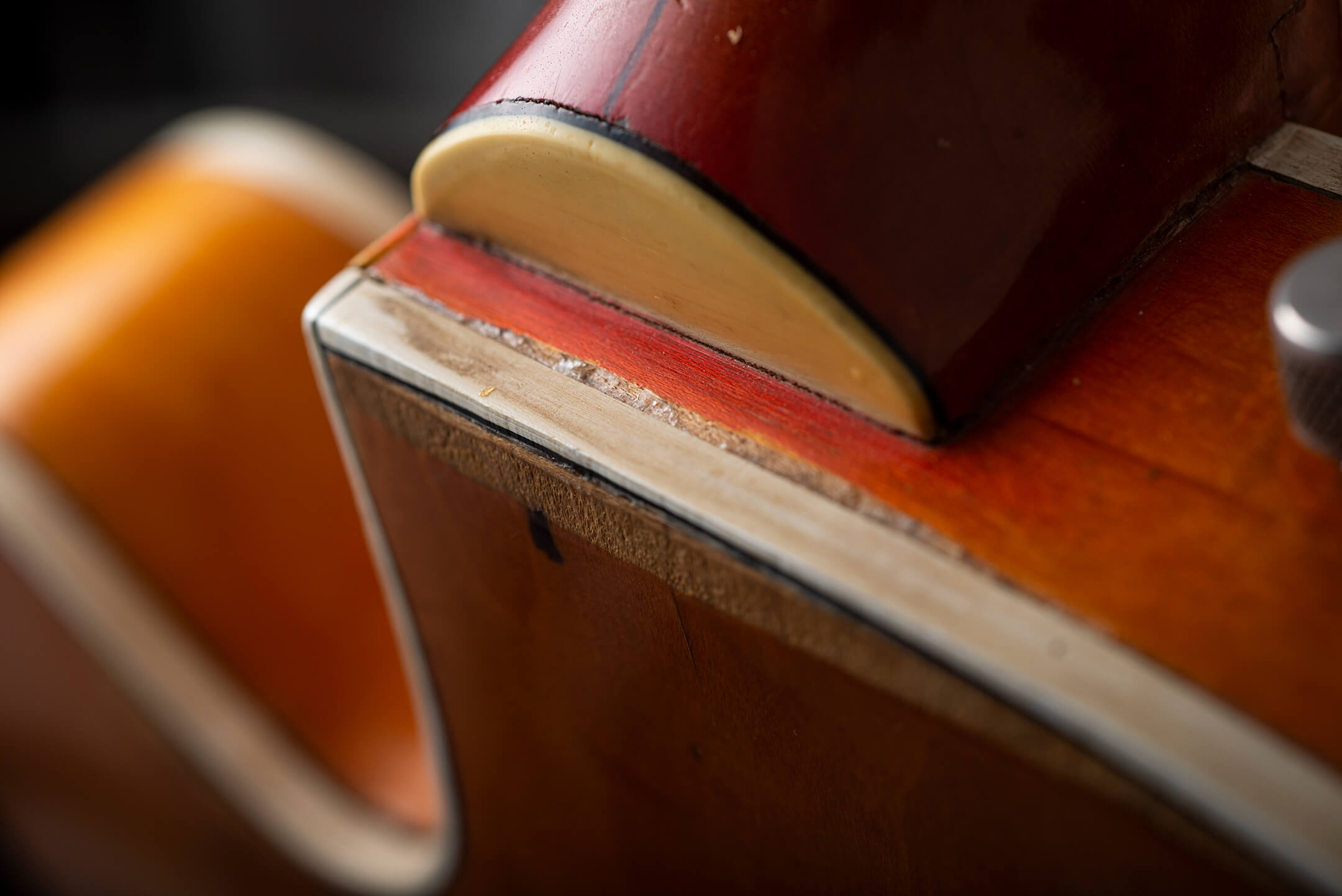
Further reading
Go here for a more general guide on buying vintage guitars from our expert panel.
Find out how modern replicas compare to vintage Filter’Tron pickups here.
Check out our six-part series on converting a vintage Gretsch Anniversary model to 6120 spec here.
For more buyer’s guides, click here.
